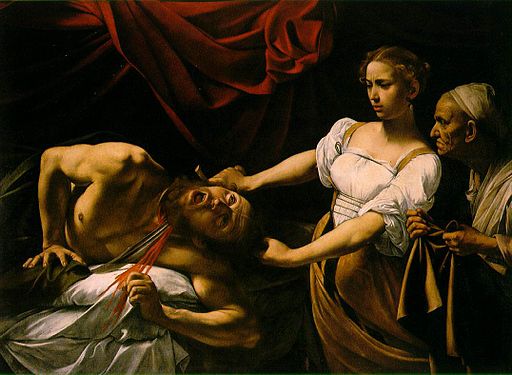
December 19 2017 – 1 Tevet 5778
The festival of Id-el-banat (Arabic) – festival of the daughters- is celebrated on the eve of 1st Tevet every year, among Jewish communities in and originating from Tunis and north Africa, and particularly the island of Djerba, as well as some Greek communities. Dedicated to single and betrothed young women, the occasion commemorates a number of events from the Bible and the Apocrypha. The earliest is mentioned in the book of Ezra (ch. 10, verse 16), which describes how the community of returned exiles from Babylon who’d intermarried with local women from Jerusalem separated from their idol-worshiping spouses. The day their competition was removed was celebrated by the community’s no-longer-sidelined Jewish women as a festival.
In the book of Esther (ch. 2, verse 16), the Jewish heroine arrives in Ahasuerous’ harem in the month of Tevet, and according to tradition, on the first day of that month. The seeds of salvation for the Jews of Persia sown of that day were added to the reasons for celebration. The final reason for specifically female rejoicing is the traditional one marked in most Jewish circles – the heroic act in which Judith disposed of the drunken Greek general Holofernes, as recounted in the apocryphal book of Judith.
The celebrations include eating dairy dishes and drinking wine beside the Hanukkah lamp, and songs were written especially for the occasion. In Thessaloniki (Salonica), it was customary for young women to ask each other’s forgiveness, just as they would when seeking atonement on Yom Kippur. Betrothed women were given gifts by their grooms-to-be, and celebrating the festival was supposed to help single women find a good match quickly.
